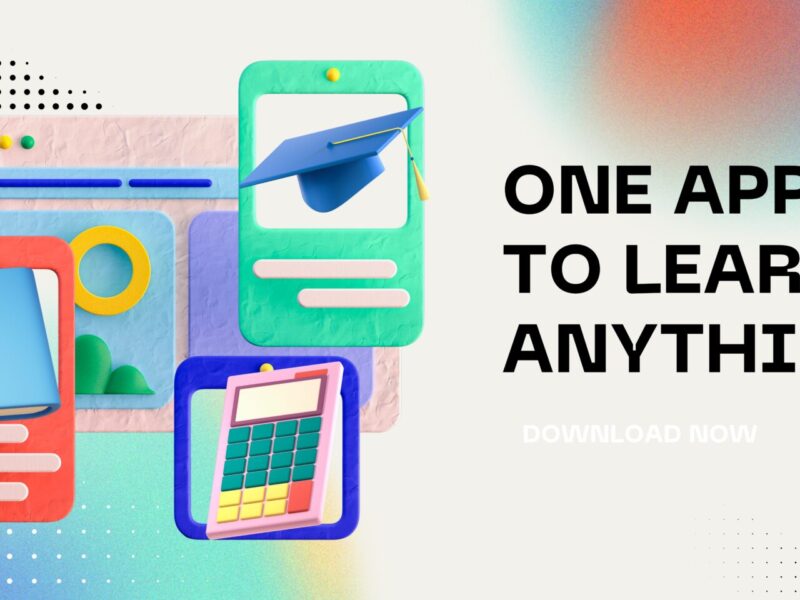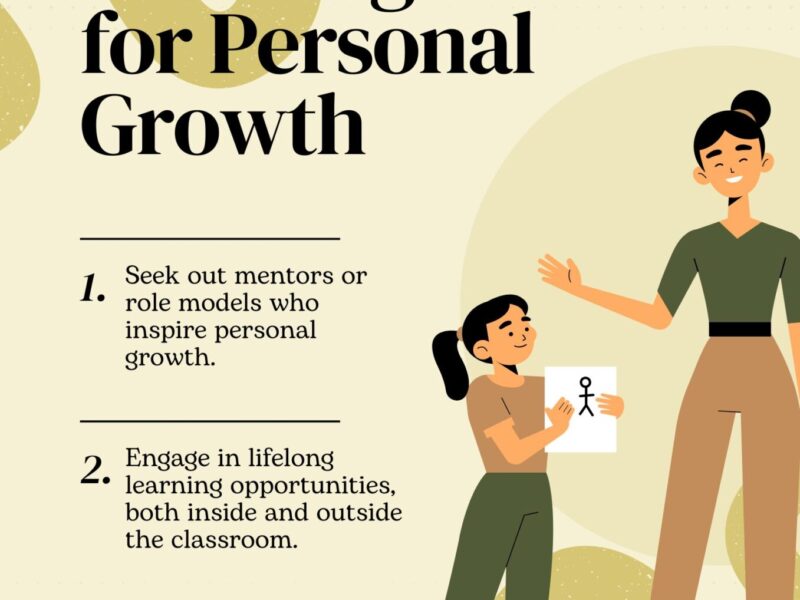In-depth changes have taken place in the educational setting in the last two decades, where technology has changed the entire delivery system of knowledge. The online learning phenomenon has indeed progressed from being an adjunct to being a core element of modern education.The Future of Education: Why Online Learning is Here to Stay.
It is not a phase which will go away along with global calamity, such as COVID-19; it is a shift within which the needs of society, that how technology is applied, and how people are inter-connected have changed in relationship to that world.The Future of Education: Why Online Learning is Here to Stay. This article explains that learning online is not just an aspect of today but will redefine education as it will be tomorrow
1. The Evolution of Online Learning
The evolution of online learning in the last decade has been incredible. The early e-learning platforms were quite primitive-looking and offered nothing more than simple text, and limited interactivity was available. However, in this era of the Internet being compounded by high-speed data and superlative multimedia technologies, the stakes in educational systems have increased to extremely interactive, engaging, and now very accessible online users.
A good example of such platforms is: Coursera, Khan Academy, and edX, where few courses are “bit” from some of the top ramp universities and even industry experts to give quality learning experience to students around the globe. Integrating artificial intelligence, VR, and gamification has increasingly pushed the online learning experience further, as personalized and participatory experiences have as never before.
Accessibility and Inclusivity
Any aspect that testifies the online learning is here to stay, then some part of it will have to do with bridging gaps in accessibility. Traditional education has fenced people out – there usually are physical, financial, and even geographical constraints.
At last, we are learning accessibility and are learning to be included.
True, online learning has achieved so much with the effort that it has reduced the gaps in accessibility. Traditional education well stereotyped people into the cut-out areas; there are physical, financial, or even geographical barriers.
Stumbling blocks that are creating virtual students from far-flung rural settlement students in developing countries are getting removed while they can access the same level of materials as students in their capital cities or big urban centers. Such portals that make available free or very cheap courses, like Khan Academy and Udemy, democratize education and empower marginalized communities. They also provide accessibility features like subtitles and translations and provide screen readers for an inclusive online experience of learners with disabilities.
3. Flexibility and Convenience
Online learning is all about uniqueness in terms of flexibility. Many may take different kinds of schedules, and each should take his learning at his own pace. Contrary to what the traditional classroom setting dictates at rigid timelines, online education allows students’ learning to progress when they feel it is right.
This is really great flexibility for working people, parents, or those having multiple work fronts. For example, a software engineer can learn data science at night while working during the day. Such flexibility makes it easy for education to synchronize within other areas of life.
4. Individualized and Adaptive Learning
Thanks to technological upheaval especially in artificial intelligence, personalization has come into online education. Adaptive learning technologies are designed to analyze a student’s performance and learning patterns in order to customize the content of a given course.
For instance, when a certain student does not cope well with algebra in an online math course, the online course can offer him/her extra resources, a few exercises, or an explanation from another viewpoint to strengthen understanding. This means that all students will move according to their abilities and needs in their unique ways.
5. Cost-effectiveness
Traditional education carries considerable costs such as tuition, board, transport, and material costs. On the other hand, one can afford an online education.
Quality education could be within reach of students for less than the price of an entry ticket, usually even without stepping out of their homes.
6. Expansion and Globalization
This will surely augment the collaboration and cultural interchange across a very diverse group of learners. For example; A class about international relations will have dozens of students from various countries across the world. This kind of uniqueness will obviously add extra dimensions to class discussions. In the end, it assists the learners in becoming global-ready.
7. Technological Innovative Drivers for Online Learning
Technology continuously improves online learning. Major innovations are:
Artificial Intelligence (AI): AI chatbots and tutors give immediate help, while algorithms individualize the learning paths.
Virtual Reality (VR) and Augmented Reality (AR): Immersive simulation for hands-on learning experience in fields like medicine, engineering, and arts.
Gamification: Applying all types of games, including badges, leaderboards, and challenges, can enhance engagement and effort.
Mobile Learning: Using smartphones and tablets to perform learning on the go makes it most accessible.
Such advanced technology tends to improve the engagement and keep online study lively and effective.
8. Resilience in Crisis
Online learning found its most glaring importance during COVID times. Closing down the schools and universities made online learning platforms come to the savior.
It made instant moves to virtual classrooms and e-learning resources for many institutions. Despite this painful adaptation, it showed much of the flexibility and resilience in online education.
9. Corporate Training and Lifelong Learning
The place for online learning is big beyond what has been captured by formal education. It includes corporate contributions, too, as those have ways for making use of e-learning for the undertaking of employee training and development.
From courses in leadership, technology, or soft skills, employees can upskill via platforms such as LinkedIn Learning and Skillsoft to keep them relevant in a fast-evolving workplace.
10. Environmental Sustainability
Online learning has, in fact, contributed to environmental sustainability in that it cuts down on the carbon outputs associated with the traditional systems of education-from fewer classrooms to less energy usage, to less commuting, and as a result contributes significantly to greenhouse gas emissions reduction. With the move towards sustainability becoming a global goal, online education becomes an enabler toward greener worlds.
Online learning, in spite of the advantages it carries, has some challenges.
Digital divide, internet absence, poor infrastructures, etc. make it difficult to reach in several parts of the region.
Safety and certainty of the quality of education, sufficient bodily experiences, and a possible feeling of isolation among students need to be discussed. To make full use of online education, the above-mentioned challenges must be addressed.
The academic figure is very important to online learning. Teaching in virtual classrooms now requires mastery of new skills and the application of new approaches.
For example, students will listen to online lectures in addition to being in the classroom for laboratories, discussions, or group work. Such models provide a balanced and fully-flavored learning experience.
11. Conclusion:
That online learning is here to stay in future decades is evident, not just a passing fad.The accessibility, flexibility, and scalability that make up this overall viewpoint infuse into online education its bite in the future of education.
Online learning in the near future will become very personal, very much an experience, and most likely functional as a result of advancing technology. For this very schooling system to always remain one of the most important weapons for empowerment and progress in the 21st century, it has to address certain questions and be innovative.

